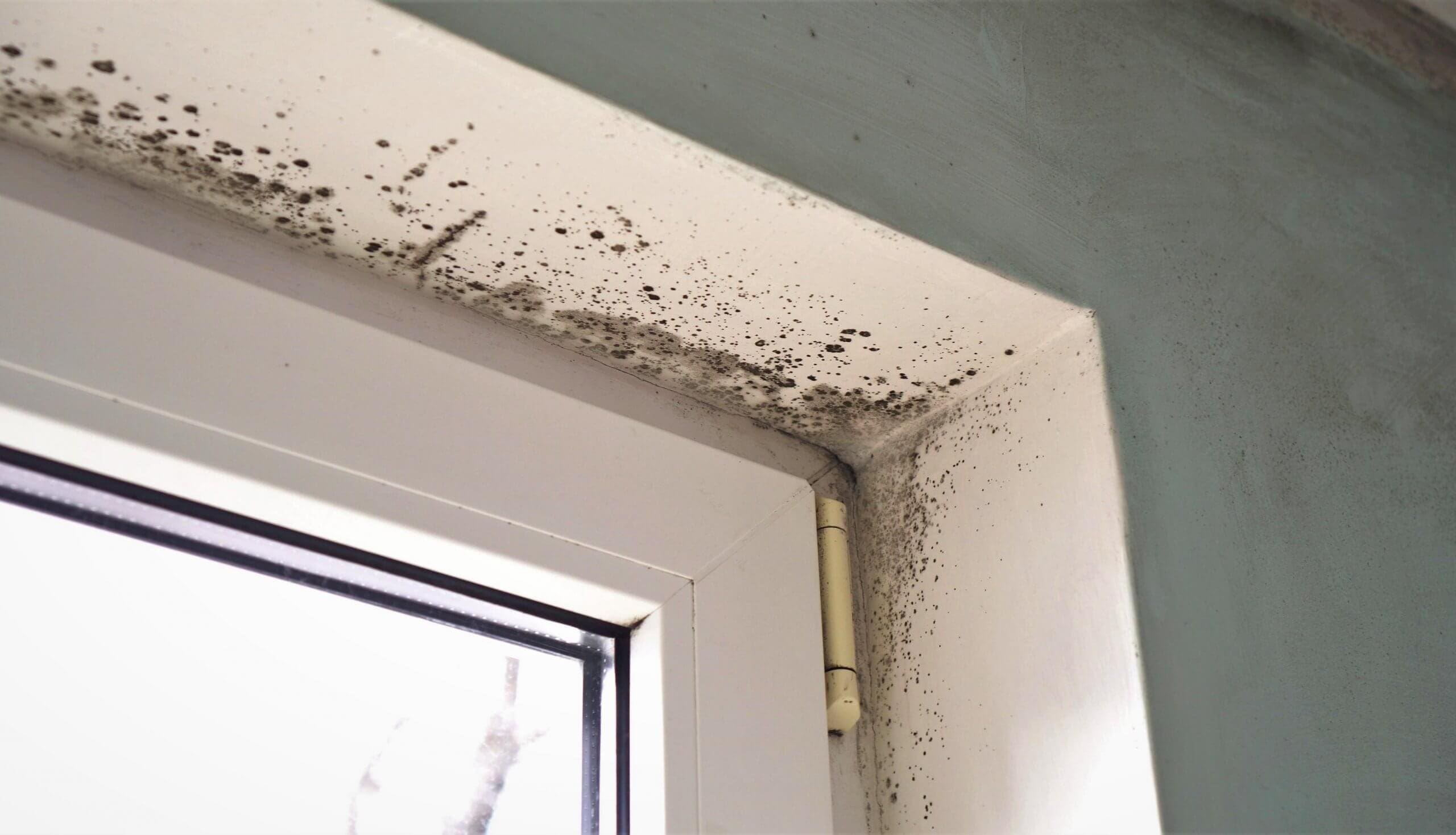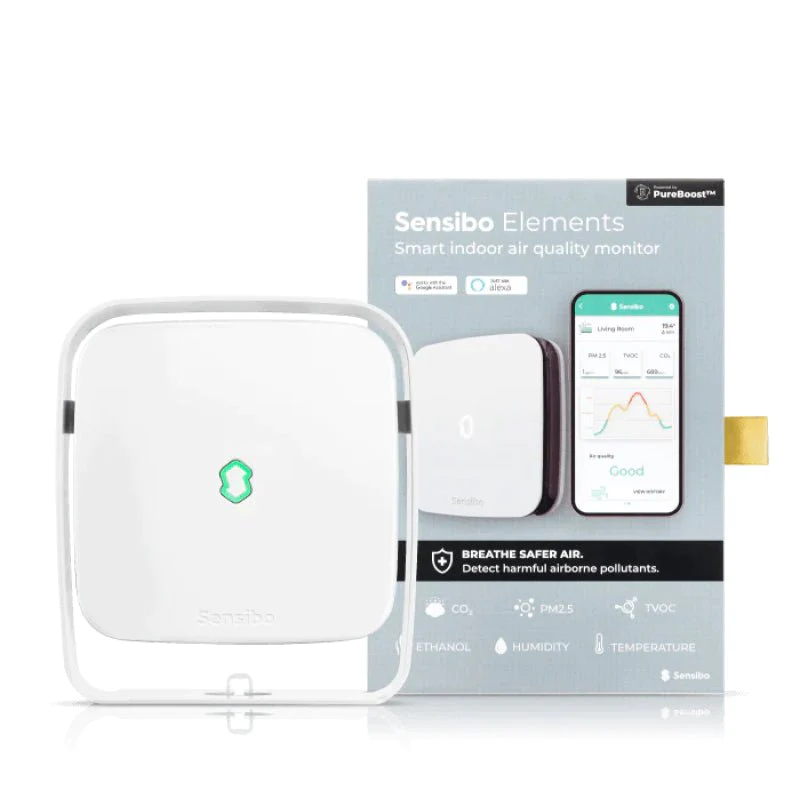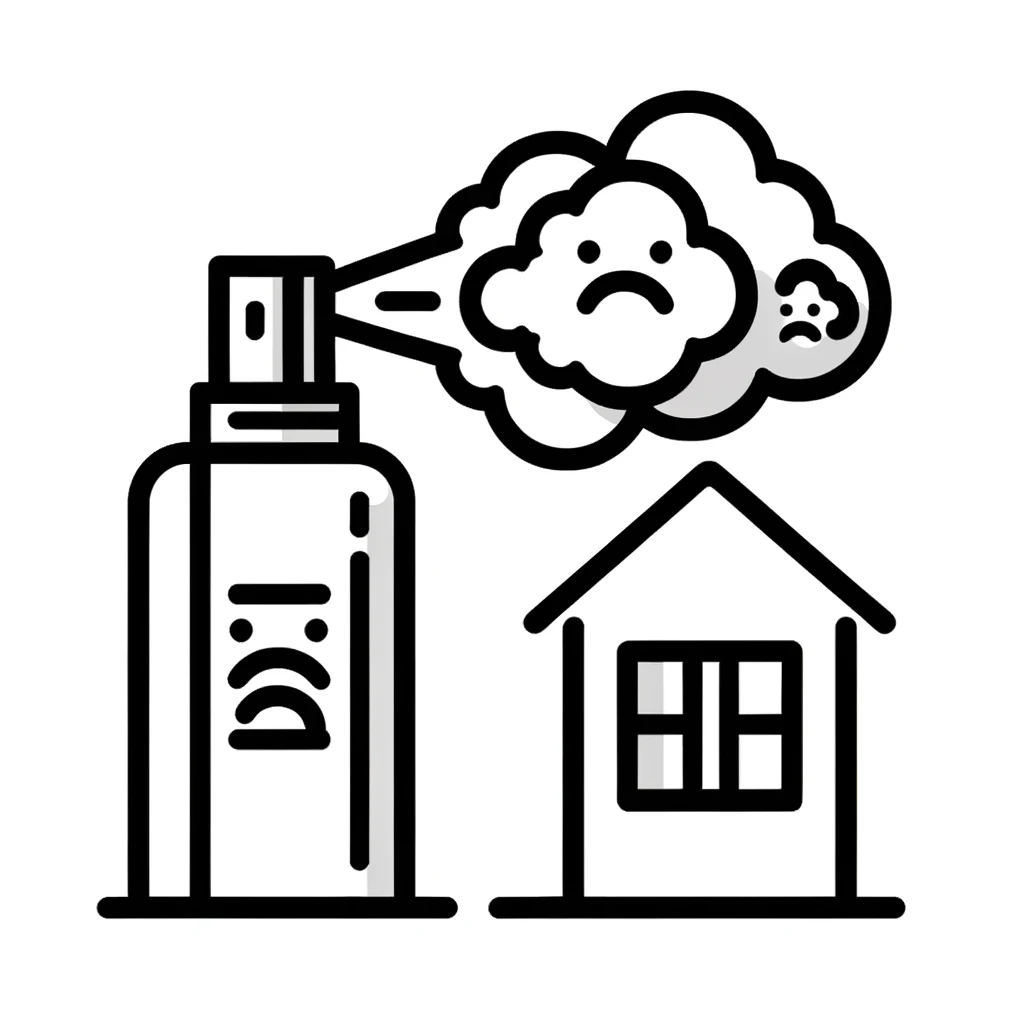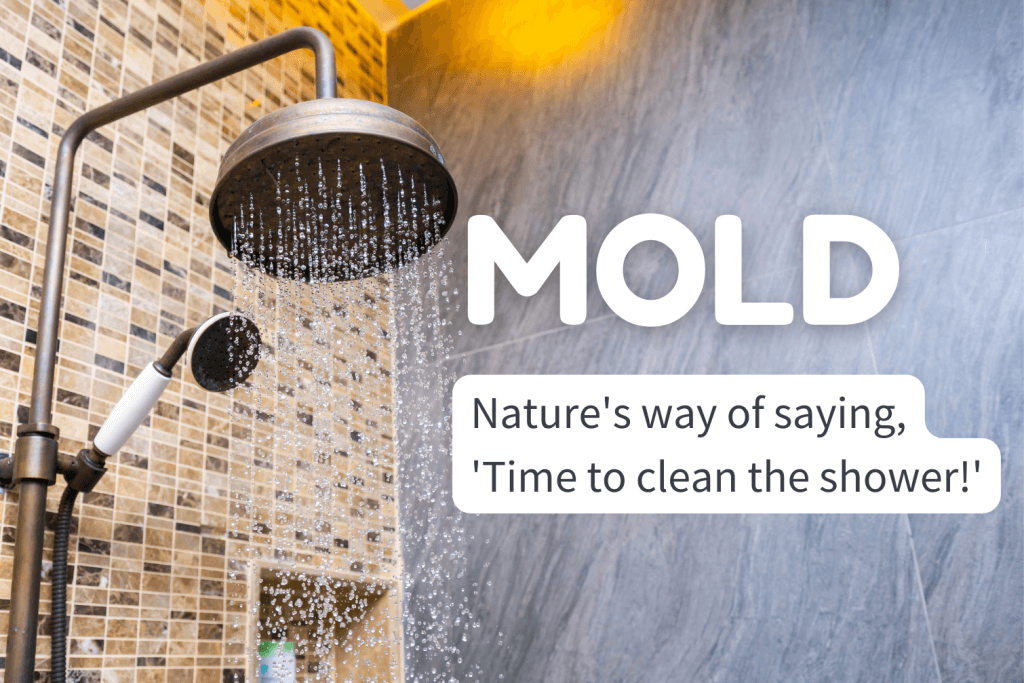There are hundreds of thousands of fungal species living on our planet. They vary in size, appearance and characteristics. Microfungi, more often than not a form of mold, are invisible to the naked eye in small quantities. Whereas macrofungi, such as mushrooms or toadstools, are highly visible. Regardless—all kinds of fungi and mold growth in your indoor space are likely unwelcome.
Molds are a well-known type of fungi often found in residential homes. There are thousands of mold species, each falling into one of three categories: allergenic, pathogenic and toxigenic. Allergenic molds produce allergic reactions. Pathogenic molds produce infection, particularly for immunocompromised individuals. And toxigenic molds produce deadly diseases.
However, mold spores are not the only common biological contaminant found in living spaces. Fungal toxins can also spread through your home’s indoor air and cause significant adverse health effects.
Understanding how and where fungi grow, which species are dangerous and how to eliminate them will allow you to improve indoor air quality in your home, thus protecting you and your family’s health.
What Causes Fungi and Mold Growth Indoors?
In order for fungi to spread and mold to grow, there are several necessary conditions: the presence of fungal toxins or mold spores, oxygen, darkness, warmth, moisture and a surface for growth.
- Humidity: Homes in regions prone to high humidity are more likely to develop mold. Mold growth is virtually guaranteed if your home is in a humid area or close to a large body of water.
- Leaks: Severe weather and general wear can cause roofs and pipes to leak. If a leak is not addressed, mold will grow and spread beyond the leak area.
- Poor Ventilation: Stagnant air promotes the growth and spread of mold spores. Ensuring proper home ventilation, particularly through mechanical ventilation, is a helpful preventive step.
- Condensation: Walls, floors and pipes in your home all easily hold condensation when the seasons change.
- Flooding: If you thought leaks were partial to mold growth, consider floods! Clearing flood water can take days or weeks, providing mold ample time to grow and spread.
- Dampness: High humidity levels, darkness and poor ventilation combine to create the ideal damp environment for mold spores.
There are two indoor air quality solutions in particular that effectively address these causes. A whole-home dehumidifier will greatly reduce indoor relative humidity levels, condensation and dampness. Humidity control is an ideal solution because fungi and molds require moisture to live. This device will hinder mold growth—even in the event of a leak or flood.
 Whole-Home Humidity Control: Indoor moisture and mold growth go hand-in-hand. That’s why whole-home humidity control is the ideal strategy to combat mold indoors →
Whole-Home Humidity Control: Indoor moisture and mold growth go hand-in-hand. That’s why whole-home humidity control is the ideal strategy to combat mold indoors →Also, utilizing your HVAC system with an upgraded high-efficiency air filter will improve filtration, ventilation and prevent mold spores from spreading indoors.
What Types of Mold Growth Are Dangerous?
When you hear the words mold and dangerous in the same sentence, do you automatically think of black mold? If so, you’re not alone! However, despite its notoriety, black mold is not the only type of mold that poses a risk to health and indoor air quality. Here are six common residential molds:
- Stachybotrys: Also known as black mold, stachybotrys can cause headaches, diarrhea, respiratory illness, memory loss and other health issues. It is dark in color and has a musty odor.
- Chaetomium: This type of mold can cause autoimmune diseases and neurological damage. Chaetomium is dark in color but mild in appearance compared to stachybotrys.
- Aspergillus: Particularly dangerous for those with compromised immune systems, aspergillus can cause an unusual infection called aspergillosis. Symptoms include chest pain, difficulty breathing, fever and coughing up blood.
- Penicillium: Commonly found on rotting food, penicillium can cause a host of respiratory illnesses including bronchitis.
- Fusarium: The color of fusarium varies from red to white to yellow. This type of mold causes an unusual but severe eye infection called fusarium keratitis.
- Alternaria: Although it grows outside, alternaria may find its way into your home. It exacerbates existing afflictions including allergies and asthma.
It’s important to understand the health effects of certain molds so that you may identify which type may be growing in your home. However—the better option is always to consult an expert, particularly for mold removal.
Where Can You Find Fungi and Mold in Your House?
Unfortunately, you can find fungi anywhere in your home. Some rooms are more prone to fungi or mold because they are moist, dark and poorly ventilated.
Bathrooms collect copious amounts of moisture and often lack proper ventilation. Mold can grow in and around the shower, bathtub, sink, toilet and on the floors and walls. Thoroughly inspect toothbrush holders, the toilet tank, shower curtains and rugs regularly.
Kitchens are often equipped with range hoods, fans and windows. Yet homeowners often fail to use them when cooking. Failure to ventilate your kitchen can result in fungi. The refrigerator, sink, pantry, microwave and stove are also common areas for mold growth.
Bedrooms are a less common source of fungi or mold growth, nonetheless, they should be inspected. Look under and around mattresses, open A/C vents and check windows.
Living rooms are furnished with materials and objects that attract fungi. Monitor couches, curtains, fireplaces and indoor plants for mold growth.
Attics, basements and garages are subject to darkness, humidity, leaks, flooding and poor ventilation. Examine pipes, vents, insulation, water heaters, furnaces and the foundation for fungi.
How Do You Get Rid of House Fungus?
In an ideal world, homeowners are proactive when it comes to fungus. They utilize natural or mechanical ventilation when engaging in activities that produce humidity (such as cooking and showering). They’ve installed a whole-home dehumidifier to reduce high humidity levels that cannot be solved through ventilation alone. They address leaks and floods immediately. They replace carpets and upholstery when necessary. But most importantly, they maintain a clean and dry home environment at all times.
However, weather and natural disasters can destroy these proactive efforts leaving you with an entire house to clean. If you find your house overrun with fungus, it’s necessary to be careful when cleaning. If you are unsure about the type of fungi or mold, opt for an expert’s help. Scrubbing with soap and water or bleach can be an effective way to remove mold from walls, floors, sinks, toilets and the like. When doing so, be sure to open nearby windows and doors.
The bottom line: it’s always best to remove fungi and mold from your space—regardless of how inconsequential it may seem. IAQ solutions and home HVAC upgrades help create a healthier space and prevent fungi and mold growth indoors.





